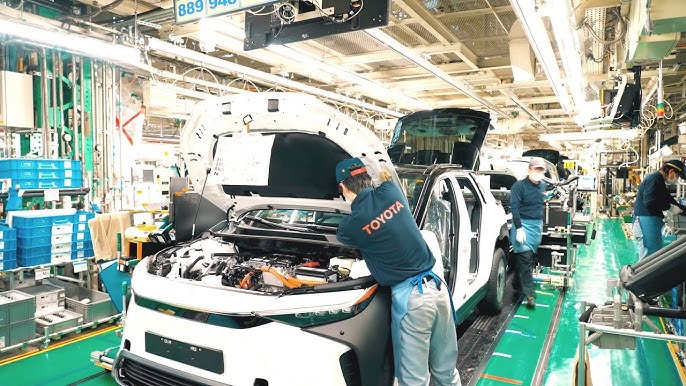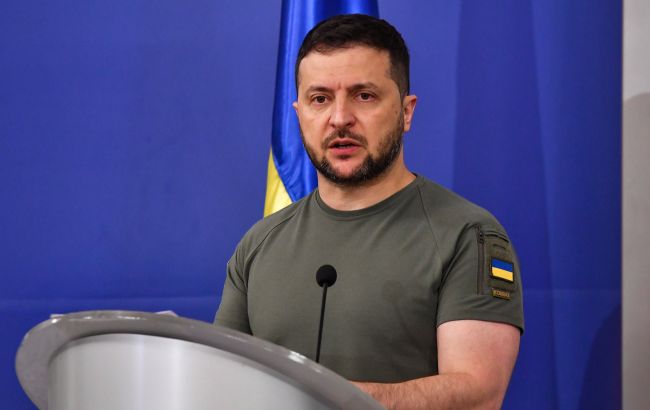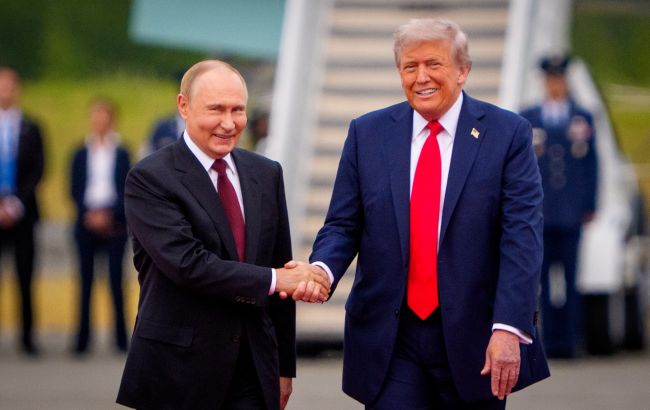U.S. President Donald Trump signed an executive order on Thursday reducing tariffs on Japanese automobile imports, formalizing a deal first announced in July and offering long-sought relief to Japan’s auto-heavy export sector.

The order cuts tariffs on Japanese cars from 27.5% to 15%, with the new rate taking effect seven days after publication. It also confirmed that the 15% levy would not be added on top of existing tariffs for other goods, such as beef, and adjusted lower duties upward to 15%. The relief is retroactive to August 7.
Trump’s order comes after months of negotiations and clears uncertainty that had weighed on Japanese exporters since the July announcement. Toyota, Japan’s largest automaker, previously estimated it would lose nearly $10 billion from Trump’s tariffs on U.S. car sales. On Friday, shares of major Japanese carmakers rose modestly in early trading, while South Korean automakers dipped as they await a similar U.S. executive order.
Ryosei Akazawa, Japan’s top trade negotiator, welcomed the development, calling it “a steady implementation of the agreement reached on July 22.” It marked his tenth trip to Washington for talks.
The deal goes far beyond autos. It ensures no tariffs on commercial airplanes and commits Japan to purchase 100 Boeing jets, raise annual defense spending with U.S. firms to $17 billion from $14 billion, and expand U.S. agricultural imports, including corn, soybeans, fertilizer, and rice. According to the White House, Japan will increase U.S. agricultural purchases by $8 billion annually.
Perhaps the most eye-catching element is a $550 billion Japanese investment package in the U.S., structured through equity, loans, and guarantees by government-owned banks. The funds will be deployed into projects chosen by Washington. A memorandum of understanding on the package was signed Thursday.
Two-way trade between the U.S. and Japan totaled nearly $230 billion in 2024, with Japan running a $70 billion surplus. The order reiterated Japan’s commitment to secure U.S. producers preferential tariff treatment on chips and pharmaceuticals, though the text omitted specific details, something Akazawa said Tokyo will continue to push for.
Trump’s order also allows for modifications if Japan fails to meet its commitments, signaling continued leverage by Washington.
The deal lands at a sensitive political moment in Tokyo. Japanese Prime Minister Shigeru Ishiba faces a leadership challenge next week after his coalition lost control of both houses of parliament amid voter discontent over rising costs and sluggish growth. Finalizing the U.S. trade deal could give him a short-term boost, but analysts warn he may not survive internal party backlash. EurAsia Group’s David Boling estimated a 60% chance Ishiba is ousted despite the breakthrough.
For Trump, the deal highlights his use of tariffs as both a pressure tactic and negotiating tool, even as critics warn his trade wars have unsettled global markets. For Japan, it provides breathing room for its auto industry, and a reminder of the political and economic balancing act in navigating Washington’s demands.












